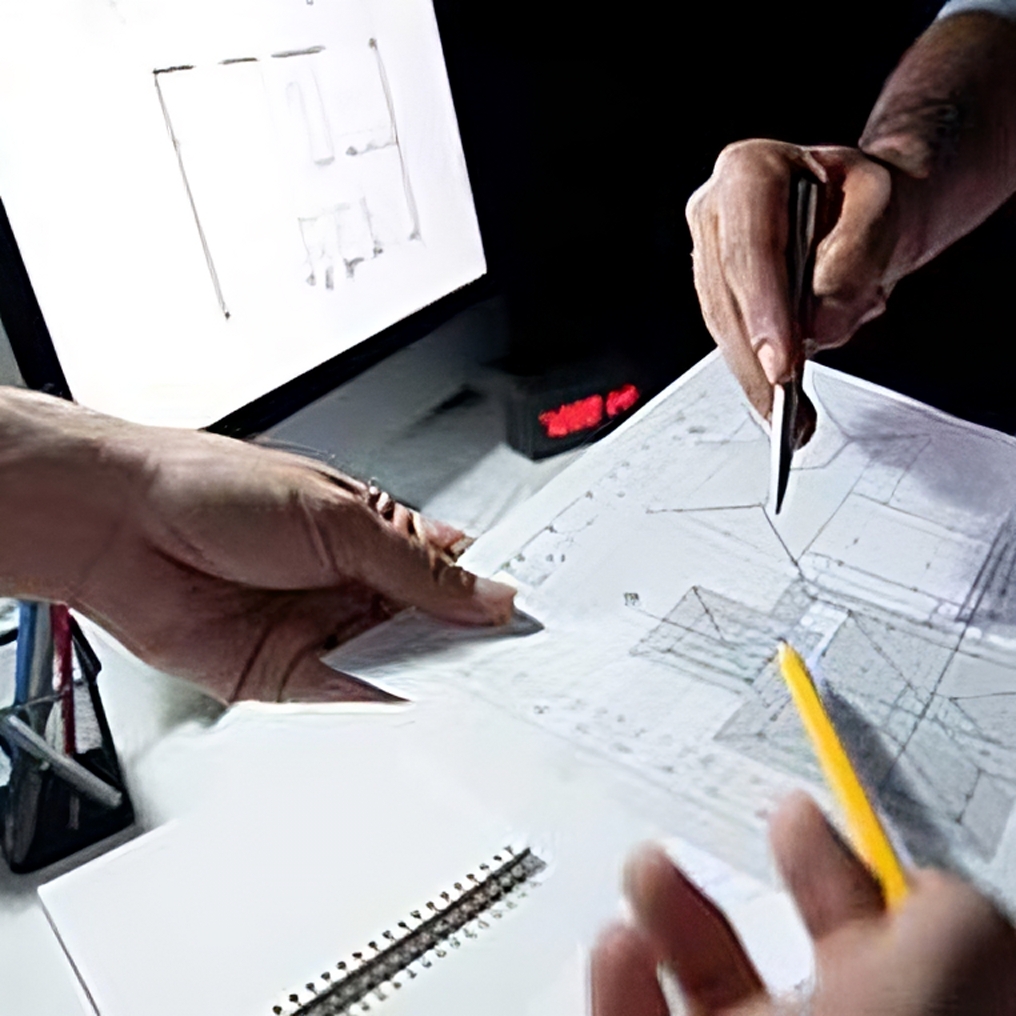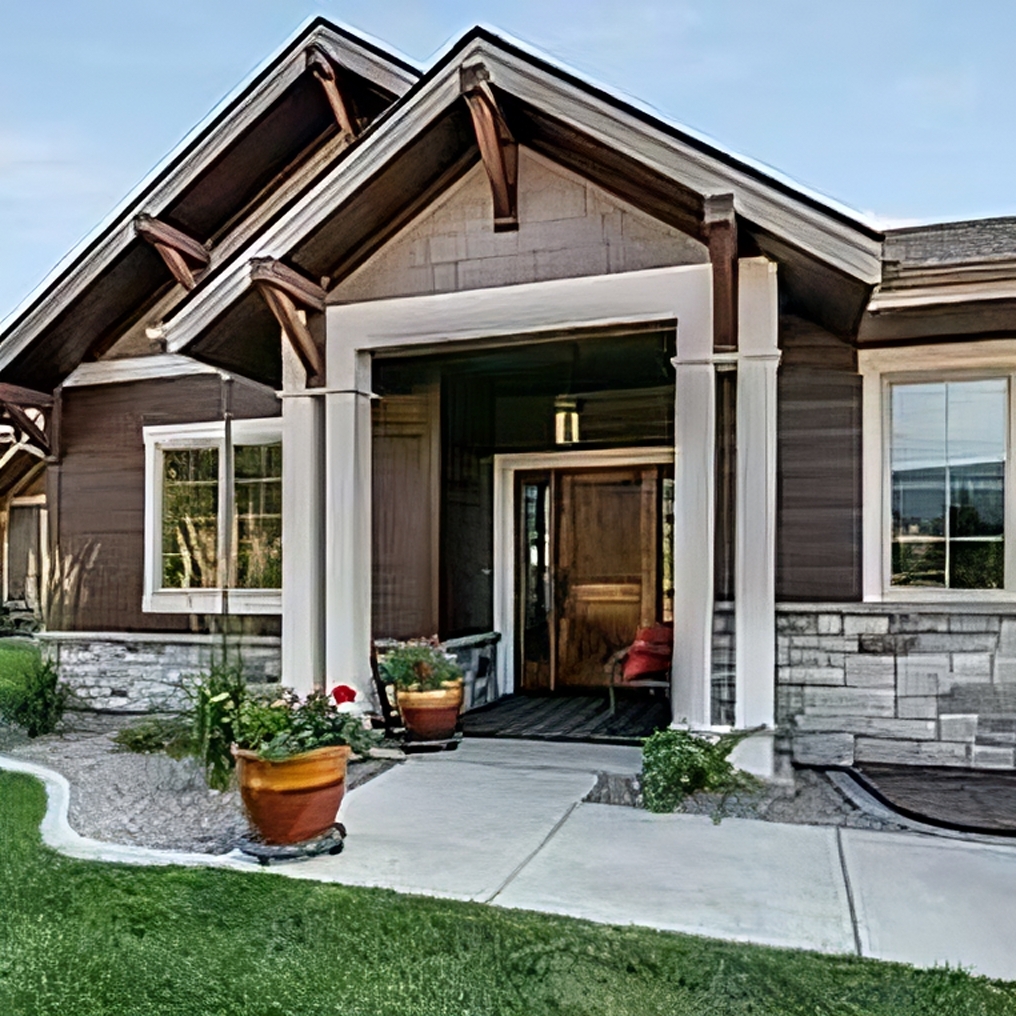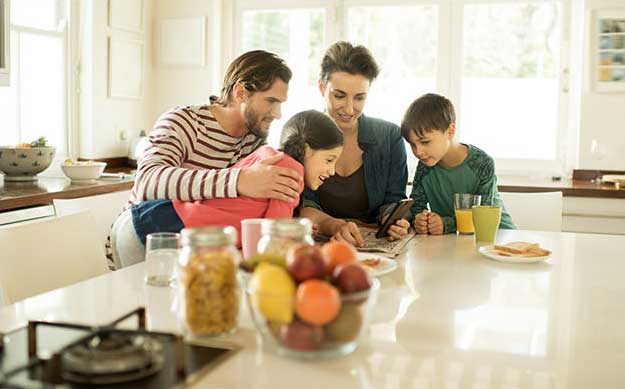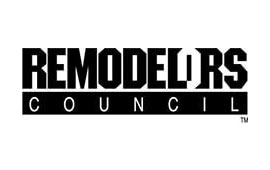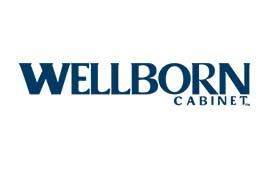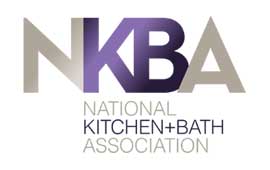When it comes to selecting the perfect exterior paint color for your home, the decision can feel overwhelming. At Reliable Design-Build-Remodel, we know how important it is to find a shade that not only enhances your home’s curb appeal but also reflects your personal style. One popular color choice that homeowners often consider is alabaster, a soft, neutral white. In this blog post, we’ll address some of the most common questions about alabaster exterior paint to help you decide if it’s the right fit for your home.
Is Alabaster a Good Exterior Paint Color?
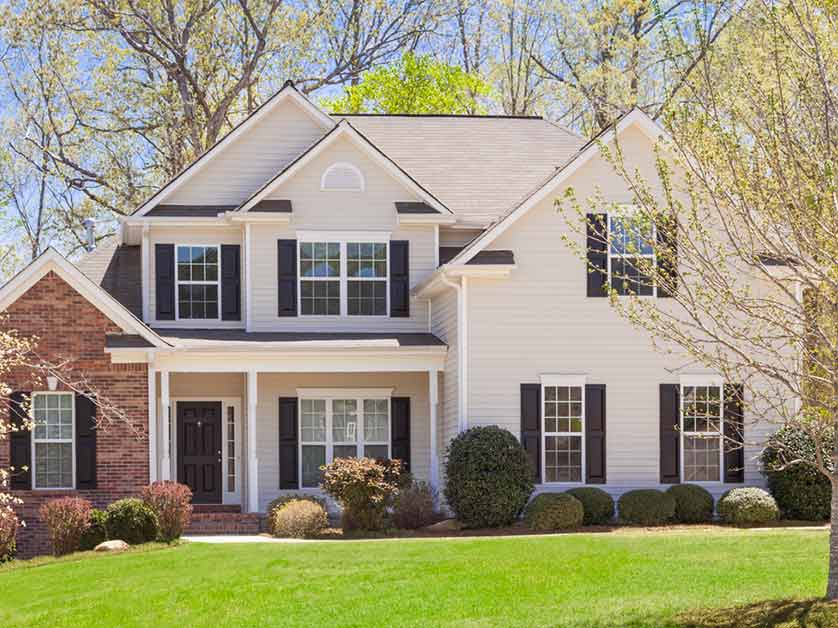
Alabaster is an excellent exterior paint color for those who want a warm and inviting appearance for their home. It is a soft white with subtle beige undertones, offering a versatile option that can complement various architectural styles and surroundings. Whether your home has modern lines or more traditional features, alabaster creates a timeless look that doesn’t overpower. Its neutral tone also pairs well with a range of accent colors, such as dark gray, black, or even deep blues, allowing you to create contrast that enhances the overall aesthetic of your property. Homeowners love alabaster for its ability to make a house stand out without being too bold.
Does Alabaster Look Yellow on Exterior?
A common concern when choosing a white paint with warm undertones is whether it will appear yellow in certain lighting conditions. While alabaster does have a warmth that distinguishes it from cooler whites, it typically does not look yellow on exterior surfaces. Instead, alabaster maintains a soft, creamy appearance, even in natural sunlight. However, lighting can impact the way any paint color looks. Alabaster’s warm undertones might become more noticeable in the late afternoon sun, giving it a slightly golden glow. This effect can add character and depth to your home’s exterior without turning too yellow.
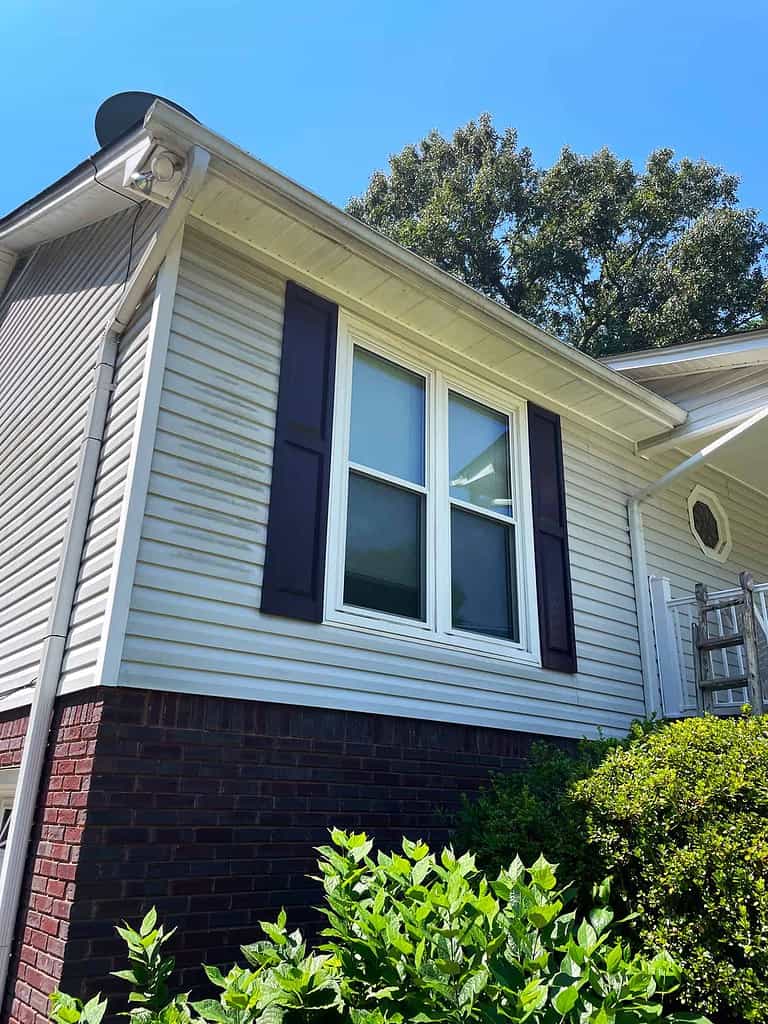
Does Alabaster Look Dingy?
One of the great benefits of choosing alabaster as your exterior paint color is its ability to remain fresh and clean-looking over time. It’s true that some whites can appear dingy, especially in shaded areas or under certain environmental conditions, but alabaster tends to maintain its crispness. Because it is not stark white, it is more forgiving of dirt and weathering, making it a smart choice for homes in areas prone to dust or debris. Regular maintenance, such as power washing, will help preserve alabaster’s beautiful, creamy appearance for years to come. Its subtle warmth also prevents it from looking too cold or harsh.
What Is the Difference Between Swiss Coffee and Alabaster Exterior Paint?
Both alabaster and Swiss Coffee are popular off-white paint colors, but there are key differences between the two. Swiss Coffee typically has more prominent yellow and green undertones, giving it a slightly warmer and more earthy appearance compared to alabaster’s neutral beige undertones. Alabaster, by contrast, reads as a bit softer and more balanced, making it a great choice if you’re looking for a warmer white without too much yellow. Swiss Coffee can appear richer and more traditional, while alabaster has a more modern and adaptable appeal. The choice between these two colors depends on the overall vibe you want for your home’s exterior.
Can Alabaster Be Used Outdoors?
Yes, alabaster is a fantastic choice for outdoor use. Its neutral tone allows it to blend seamlessly with natural surroundings while still providing a clean, bright appearance. Whether you’re painting wood, stucco, or siding, alabaster offers excellent coverage and durability for exterior applications. One of the best features of alabaster is its versatility—it looks beautiful in both sunny and shaded areas, making it suitable for homes with a variety of exposures. Additionally, alabaster holds up well under different weather conditions, so you can trust it to maintain its quality and color, even in the unpredictable Alabama climate.
Which Is More Yellow, Alabaster or White Dove?
When comparing alabaster and White Dove, another popular white paint color, it’s important to consider the undertones. White Dove has more gray and cool undertones, making it appear slightly cooler and crisper than alabaster. Alabaster, on the other hand, leans more toward warmth with its beige undertones, but it is still less yellow than some other warm whites on the market. So, while neither alabaster nor White Dove can be described as overly yellow, alabaster does have a bit more warmth, whereas White Dove is often favored for its cleaner, cooler look. The choice between these two will come down to whether you prefer a warmer, softer white (alabaster) or a slightly cooler, more traditional white (White Dove).

At Reliable Design-Build-Remodel, we’ve seen firsthand how alabaster can transform the exterior of a home. Its soft warmth, versatility, and classic appeal make it a popular choice for homeowners looking to create a welcoming and beautiful exterior. Whether you’re pairing it with bold accent colors or keeping the palette simple, alabaster offers endless possibilities. We hope this blog has answered your questions and helped you feel confident in your choice. If you’re considering alabaster for your next exterior project, don’t hesitate to reach out to our team for expert advice and a flawless application.
Reliable Design-Build-Remodel is a full service general construction firm and remodeling contractor operating in the Birmingham metro and Jefferson and Shelby County areas and surrounding communities, including Birmingham, Helena, Chelsea, Mountain Brook, Hoover, Homewood, Montevallo, Alabaster, Vestavia Hills, and Pelham, with over 30 years of servicing our valued clients. Offering full service suite of general remodeling, design and build services. Our specialties include bathroom remodeling, kitchen remodeling, exterior renovations, interior renovations, painting, and more!
Visit us at reliablerem.com, and like and follow us on Facebook and Instagram!



